For the last 70 years, thousands of scientists and engineers have been working towards realising the previously unfathomable concept of fusion energy production. Fusion has always felt like a futuristic concept, not to be made reality for decades to come. But now? The plasma has been studied, simulated and tested. A variety of reactor designs have been built and explored. Fusion research reactors are in the mix: ITER is in construction, DEMO is planned, STEP is also in the works. Fusion energy feels closer than ever. All this, and yet there is still no consensus on which tritium ‘breeder material’ is the most appropriate. That is to say that the way in which we will fuel our fusion reactors has not yet been determined.
This is not the same as not knowing which fuel to use – we do know. A nuclear fusion reactor works by fusing deuterium (2H) atoms with tritium atoms (3H) to produce 4He and a neutron (E = 14 MeV). The energy of those neutrons is then harvested and converted into electricity via the traditional route of producing steam to drive a turbine.
Therefore, to run a fusion reactor the “fuel” that we need is a mixture of deuterium and tritium. But the tritium is the crucial element here. To give some context on this, deuterium is relatively easy and cheap to obtain and does not pose much of a production problem. Tritium on the other hand is difficult to obtain and rather pricey ($30,000 per gram pricey). It is only produced in a few places across the world, making the supply chain concentrated and fragile. On top of that, because tritium is a radioactive isotope of hydrogen with a short half-life, it is constantly decaying into 3He, meaning you cannot store it for long.
And herein lies the genius of fusion reactors. It is possible to engineer a fusion reactor which produces its own supply of tritium. To do this, you need to surround the fusion reactor with a tritium breeder material which contains 6Li. 6Li is an isotope of Lithium with a natural abundance of 5%. When bombarded with neutrons, which we established are conveniently produced during the fusion reaction itself, 6Li converts to tritium (n + 6Li -> 3H). This tritium then replaces the tritium burned in the fusion reaction, meaning in theory you would never run out.
This is where we may be putting the proverbial fusion energy cart before the tritium horse.
At this stage in fusion technology development, one would perhaps then expect that a substantial research effort has been dedicated to establishing which tritium breeder material is the most appropriate, and a consensus reached on this front, right? Right?!
Nope. Not quite.
There is a myriad of potential candidates of 6Li-based materials that could be used to breed tritium, such as: liquid Li, LiPb eutectic alloy, FLiBe, LiO2 or LiSiO. These can be solid or liquid. All of them have pros and cons from an engineering and scientific point of view, so it is fair to say that it has not been easy to decide on just one.
Researchers at the University of Bristol decided to tackle this problem head on. We designed and have now completed a new project, funded by the UKAEA, where we developed the capabilities to test a variety of candidate tritium breeder materials. The aim of project UK-LIBRA (UK-Lithium Breeder Advancement through materials manufacture and testing - not to be confused with the MIT LIBRA project, which is also very cool and worth checking out) was to extract meaningful data to compare tritium breeder materials like for like, so that fusion design engineers will have a solid scientific base for their design decisions in future fusion power plants.
Now that the project is complete, we are preparing to share some very interesting results which will be published in the near future. We have also secured further funding for an expansion of our capabilities which is already underway, meaning we can continue to test materials faster.
This work has the potential to help the fusion community as whole, contributing to making fusion a reality for a sustainable decarbonised future. Above all, we hope to show that this time, fusion energy production is indeed just 10 years away.
Words by Hugo Dominguez-Andrade
Edited by Meg Hicks
LIBRA was completed in collaboration with the University of Bristol, Astral Systems, IDOM and Clifton Photonics who each contributed great effort to achieve the project goals.

